Suffrage and its effect on fashion is a topic now growing in popularity on both sides of the Atlantic. Fashion has been a much-neglected sub-category of suffrage for years, or at least since the acceptance that, the suffrage movement adopted a uniform without intent.
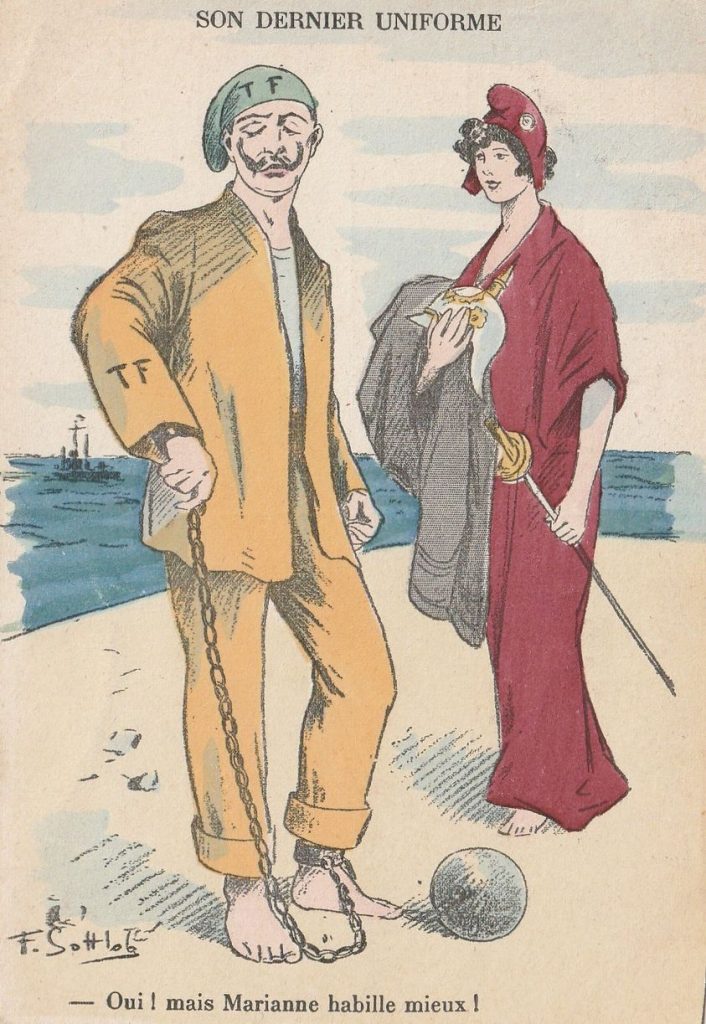
This Son Dernier Uniforme (His Last Uniform) postcard is a delight in many ways. The image begs to be researched to discover if it has a hidden meaning.
The reply matches the caption so perfectly, Oui! Mais Marianne habille mieux! (Yes, although Marianne dresses better!), which comes from an alarmed mature Frenchman expressing astonishment at a woman wearing jupe culottes or a harem skirt.
The image is certainly amusing, even without a clue as to who the woman depicted is, for indeed, Marianne is the embodiment of the French Republic. Marianne represents the permanent values that found her citizens’ attachment to their Republic in the slogan, “Liberty, Equality, Fraternity.”
Seeing Marianne wearing a harem skirt was for this conservative Frenchman the equivalent of someone from Great Britain seeing Britannia in trousers or perhaps a resident of the United States seeing Uncle Sam wearing a dress. The fact that this card referred to France as a nation, as opposed to a solitary woman, made it much more interesting.
Marianne, dressed in red, is not asking the question if this is his last uniform, because she is making it so. She holds, so to speak, the winning hand, for his uniform no longer includes his cape, his sword, or his pickelhaube. Therefore, he is a personification of Kaiser Wilhelm II, the leader of the German Imperial forces.
The Kaiser’s warlike ambitions are represented by the battleship in the background, but he is subdued as Marianne has stripped him of his uniform, shoes, and weaponry and substituted a prison uniform and a ball and chain which attest to her dominance.
If there is any doubt that the yellow uniform being worn is prison garb then it is dispelled by the letters TF (travaux forcés’ or hard labor) on the sleeve and hat.
The art on this unused card is signed F Gottlob. Fernand Louis Gottlob, a French graphic artist, was born in Paris in 1873. He studied under the painter-decorator Armand Félix Marie Jobbé-Duval and by 1891 was a painter worthy of participation in the official salons of Paris. His work as a lithographer, commercial artist, and graphic designer for sheet music added to his reputation. He won acclaim for his portraits and book illustrations, as well as his political caricatures that appeared in popular Parisian magazines including Le Rire, Le Journal Amusement, and Sourire.
Gottlob was also among the artists who contributed to L’Estampe Moderne and L’Assiette au Beurre. He was a member of the Cornet Society, for which he designed several menus.
Gottlob died in Paris in 1935.
* * *
The Cornet Society may be one of the very few French brotherhoods that carried on for decades as a fraternal organization with no, or very little publicity or public notoriety. Through the nearly forty-years that have elapsed since the end of my formal education, I have attempted to familiarize myself with the “Menus of the Cornet Society” for their historical value and the art created for them by an absolutely splendid group of art practitioners. What is currently known of the Cornet Society follows – a brief and likely the closest thing to an official history that exists.
The Cornet Society was a fraternity of artists, literati, academics, musicians, playwrights, high government officials and other important Parisians who met regularly from 1898 to the 1970s. Each meeting was held in a Parisian restaurant, for lunch or dinner, and on each occasion an artist member of the society designed an elaborate, fanciful illustration for the cover of the menu.
Members of the society included many great French painters and illustrators who all lived by the Ten Commandments of the Cornet, (a code of ethics and behavior that continued even after you’re gone because you will be remembered as a good Cornettiste even after your death.) Among them are Bombled, Carlegfle, Victor Clerice, Charles Gir, DeFeure, Abel Truchet, Fernand Gottlob, Greilsamer, Jules Grun, Henri Jamet, Lucien Jonas, Charles Leandre, Albert Michault, Maurice Milliere, Misti, Maurice Neumont, Francis Poulbot, Roedel, Armand Segaud, Louis Tinayre, Georges Villa, and Alphonse Willette.
Many of the artists mentioned above also created art for posters that at one time or another became postcards. Men like Abel Truchet, Jules Alexander Grun, and Louis Tinayre frequently worked for the agencies that were employed by the French railroad officials to publicize their Chemin de fer destinations.
The Cornet Society Menu Collection consists of approximately 400 illustrations, none of which are widely known. The best sources available show no record of any public exhibition of these works, yet a singular collection was assembled by a famous actor, who was a member of the Society for 63 years. The illustrations are primarily risqué and are often accompanied with satirical commentary. The art is of extremely high quality.
Some examples follow, but none are from postcards.
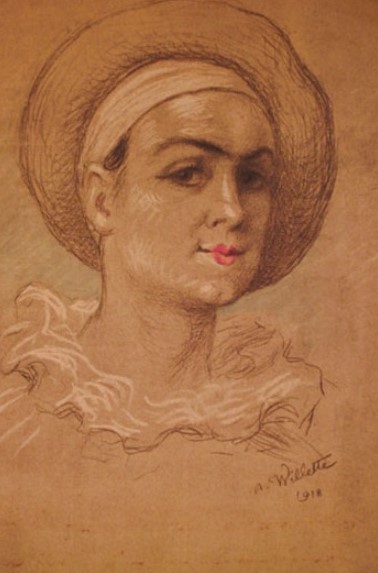
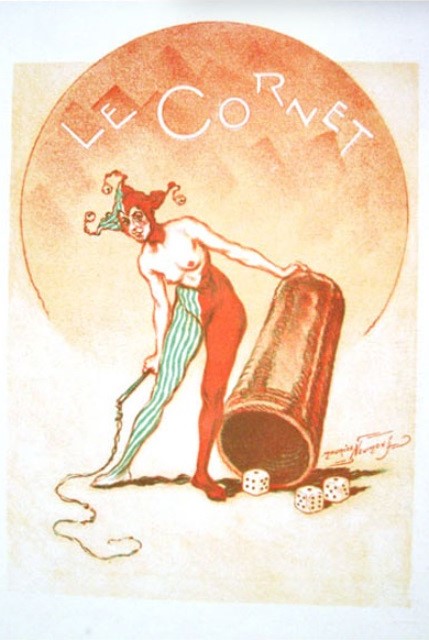
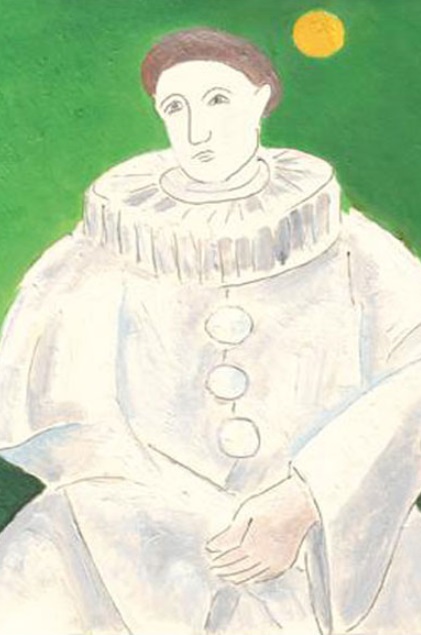
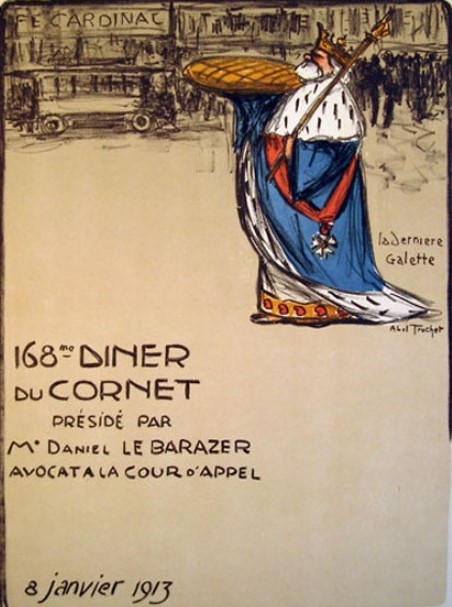
The Son Dernier Uniforme card sure stirs the curiosity. Thank you for sharing your research into the meaning and the information on the Cornet Society.
It would be interesting to know if any artists ever declined induction into the Cornet Society in order to avoid being “drafted” to produce menu illustrations.